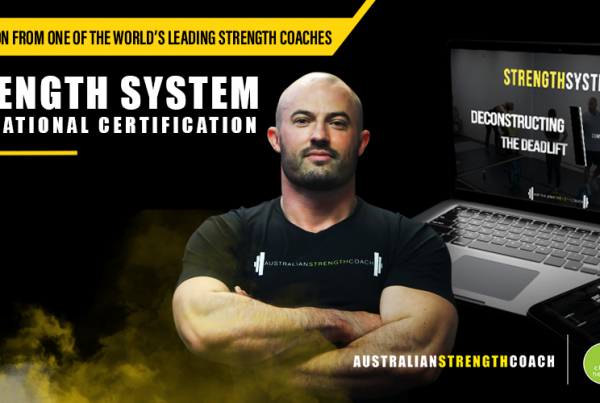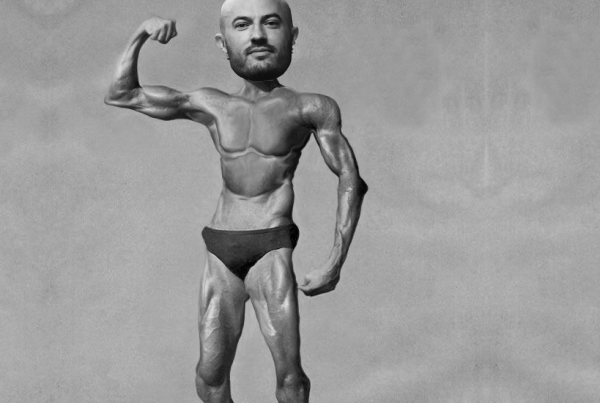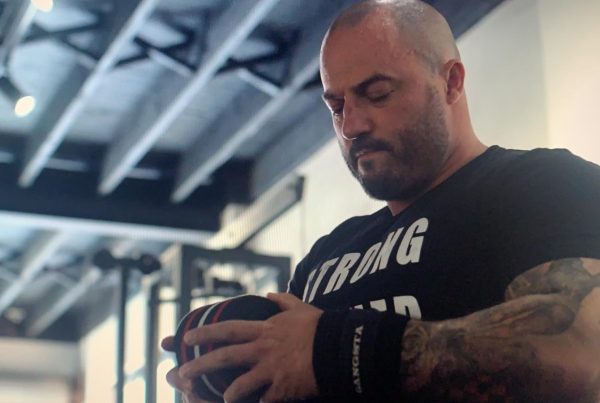1 November, 2019
Sebastian Oreb
Your Program Sucks: Part 2
…because you’re lifting too heavy
”If you are regularly training at an intensity that is too high, your program sucks.
Of course, the same goes for consistently training with weights that are too light for you to progress- however in my experience training too heavy is not only the more common mistake, but also the more detrimental of the two mistakes for your training.
Now I can imagine that a lot of my “no pain no gain” followers are feeling quite uncomfortable with me saying this, and some might have already dismissed my point altogether. There will definitely be a few of you right now who are thinking, “This is a great message for inexperienced lifters, but I can handle the mind-splitting training loads that are required to grow. I want it more than those people, so I need to do more”. And this is the mentality by which I so often see people fail.
I am a big believer in learning from the best, and if you want to be a “hardcore” strength athlete then you should be taking your lessons from those who excel in strength sports. I am fortunate enough to train a lot of really great strength athletes, and I can tell you that if you ask any of them about training intensity they will tell you that their training weights are far lighter than their competition lifts. This is not a question of ability, because they clearly have their competition results to prove what they can lift. Further, this is not just a discrepancy within absolute load lifted- even my most elite athletes do not exert the same amount of effort and strain in their training sets as they do for their competition lifts. In a strength test, the idea is that you should be lifting at absolute full capacity, and whenever you are lifting at full capacity and effort the assumption is that you are doing so to test your strength.
A gap should always exist between a strength athlete’s absolute maximum, and the intensity they utilise in their training cycle. As they approach competition/testing, this gap slowly closes- but the only time they reach their absolute maximum capacity is on the day of competition.
RULE #1. You should leave every single session feeling that you could have done more.
If the weight you lift in a session feels easy, then I’m really happy for you. This means that you can go a bit heavier in the next session- but make sure when you do that you still follow the principle of staying below full capacity and leave something in the tank. I hope this lasts forever for you and that you go through the rest of your life putting a little more weight on the bar each week with a bit more in the tank. Spoiler alert, this won’t actually happen forever, but if you’re in this for the long game then you will achieve far better results with conservative load selection.




Awesome post.Really looking forward to read more. Will read on…
Very good post.
Im grateful for the blog post.Really thank you! Keep writing.
Very informative blog.Really thank you! Much obliged.